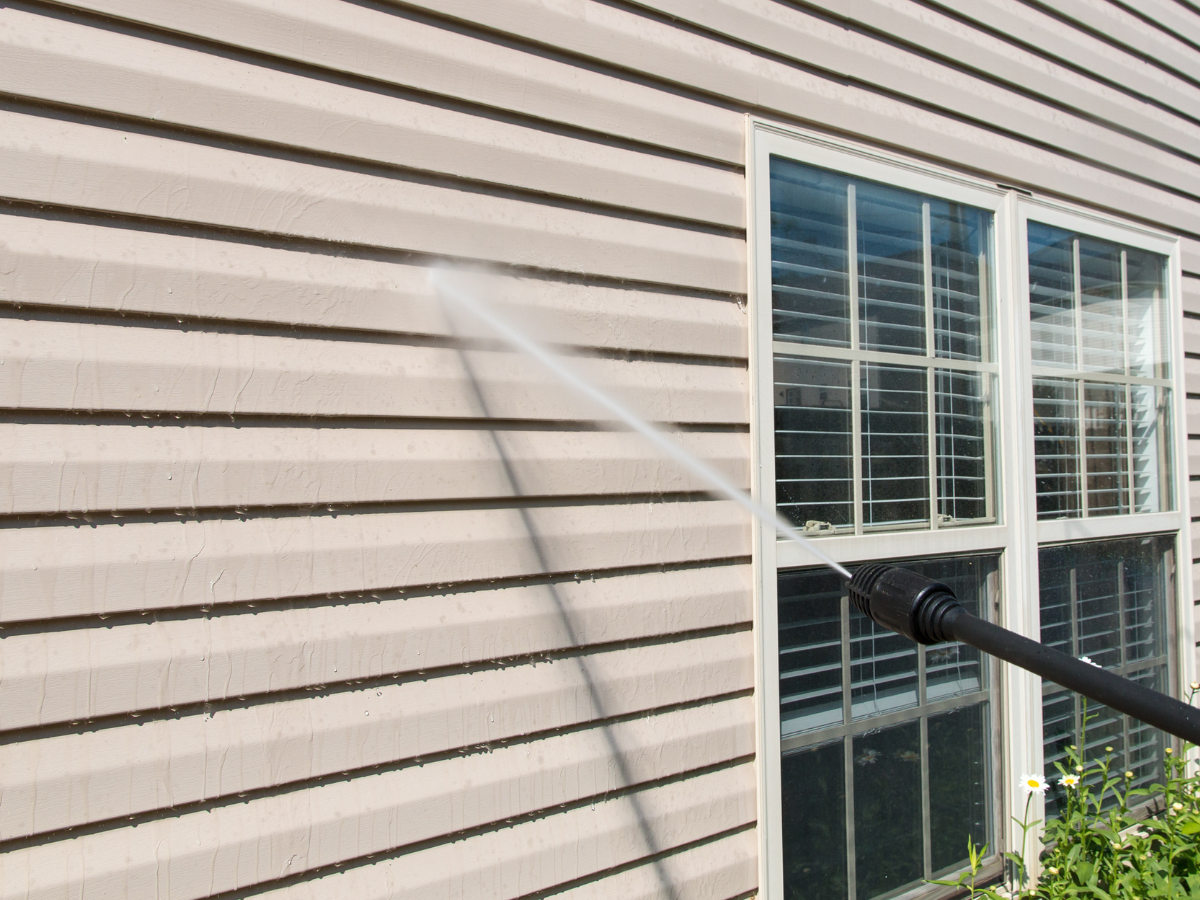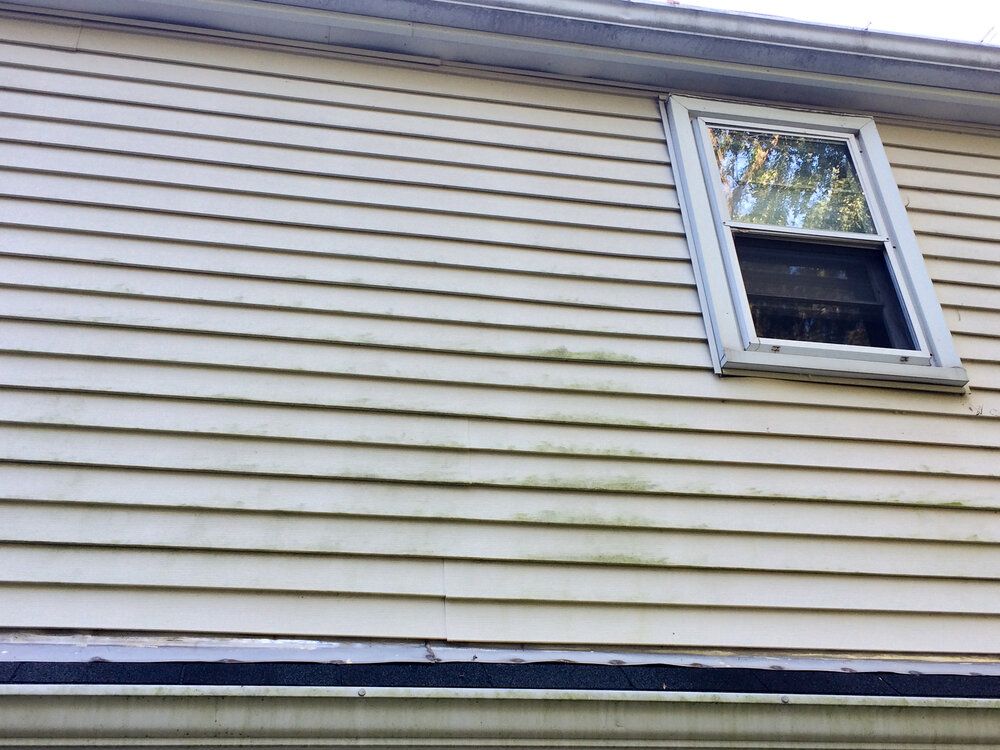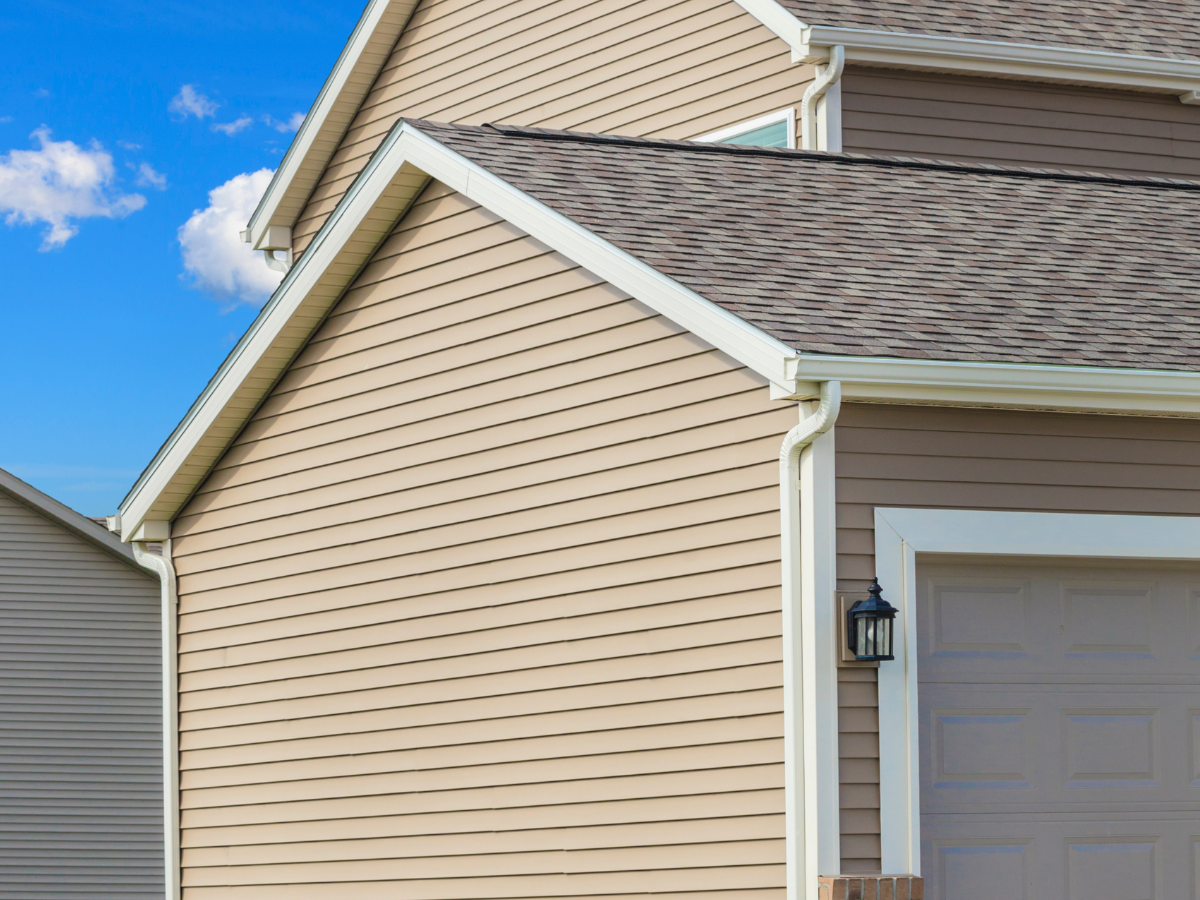How Tight Should Vinyl Siding Be on My Indiana Home?
How tight should vinyl siding be on my home?
Vinyl siding is a popular choice for homes in Indiana due to its durability and ability to withstand various weather conditions. However, the way it’s installed plays a big role in how well it performs over time. One common question homeowners have is, “How tight should vinyl siding be on my home?” Let’s dive into the key points to help you understand why this matters and how to make sure your siding is installed correctly.
The Importance of Proper Installation
Vinyl siding isn’t meant to be tightly nailed or fastened to your home’s exterior. In fact, it needs a bit of room to “breathe” because it expands and contracts with temperature changes. If it’s fastened too tightly, the siding can’t move properly, leading to issues like buckling, warping, or even cracking over time. That’s why getting the installation right is so important for the long-term health of your home’s exterior.
How Tight is Too Tight?
A general rule to follow is that vinyl siding should be able to move slightly when you touch it. You should be able to shift the siding panels a bit from side to side—usually about 1/4 to 1/2 inch horizontally. This small amount of wiggle room allows the siding to expand during hot Indiana summers and contract when temperatures drop in the winter.
If your siding feels rigid with no movement, it might have been nailed too tightly. This can cause the panels to buckle or ripple, especially during extreme temperature changes. Conversely, if the siding feels loose or is pulling away from your home, it may not have been secured properly.
The Right Way to Fasten Vinyl Siding
When vinyl siding is installed, nails or screws should be placed in the center of the nailing slots to allow for movement. It's crucial that these fasteners are driven in snugly but not too tight against the panel. The fasteners should leave about a 1/32 inch gap (about the thickness of a dime) between the nail head and the siding. This small gap ensures the siding can move without becoming warped or damaged.
Additionally, proper spacing between fasteners is important. For horizontal siding, nails should be placed about 16 inches apart, and for vertical panels, spacing can be between 8 and 12 inches.
Signs Your Vinyl Siding Was Installed Too Tight
If you’re concerned that your vinyl siding was installed too tightly, there are a few signs to look out for:
- Buckling or Warping: If your siding is starting to bulge or buckle, it likely doesn’t have enough room to expand.
- Uneven Appearance: A wavy or rippled look could indicate poor installation practices, such as siding being nailed too tightly or unevenly.
- Water Damage: Properly installed siding should prevent water from getting behind it. If you notice water stains or mold inside your walls, it could be a sign of installation issues.
What Happens if the Siding is Too Tight?
Over time, improperly fastened vinyl siding can lead to several problems. When the panels buckle or warp, they create gaps that allow water to seep in, leading to moisture damage. If left unaddressed, this can cause mold growth or even structural damage to your home.
Loose or warped panels also become a target for pests, providing entry points for insects that could damage your home’s structure. Additionally, siding that doesn’t allow for expansion and contraction will wear down faster, leading to costly repairs or replacement much sooner than necessary.
Contact Us To Help
Vinyl siding should never be too tight on your Indiana home. A small amount of movement is essential for it to perform its best over the years. Whether you’re installing new siding or inspecting your current setup, make sure there’s enough space for your siding to expand and contract with the seasons. Regularly checking for signs of buckling or warping can help you catch issues early and ensure that your home’s exterior stays in great shape.
Our experienced Fort Wayne siding company is ready to provide a comprehensive inspection and offer you a detailed quote tailored to your specific needs. Contact us today.
You might also like
Fort Wayne Roofing by Faze Blog
More PostsWe're Here To Help With Your Roof!
Schedule a consultation with one of our Fort Wayne roofers today!
Address
2759 Freeman St
Fort Wayne, IN 46802
Call
All Rights Reserved | Fort Wayne Roofing by Faze | Created By Revio Marketing





